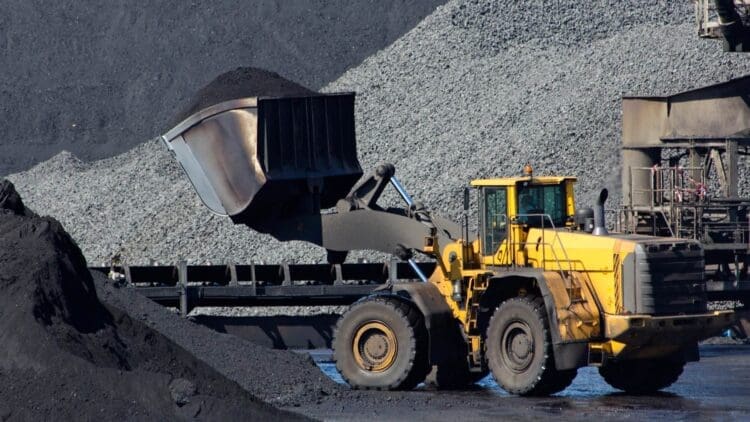In the exceedingly transitional energy sector, one region of the world is relying on coal to expand upstream and downstream operations. Asia’s proposed coal projects have reset the stage for the age-old energy source to remain an integral part of the global energy sector for many years to come. Despite the current trend of nations investing billions in the renewable energy sector, coal remains the cornerstone of the conventional energy market. The top two coal producers in the world are in Asia, namely China and India.
Despite a recent decline, Asia’s proposed coal projects are set to reverse the trend
A recent decline in the coal capacity of the world is a worrying sign of the current problems faced by the conventional energy sector. During 2024, newly opened coal mines saw the lowest increase in capacity since the signing of the Paris Agreement in 2015. The slowdown in coal capacity can be attributed to several factors.
Among those contributing factors are expansion approvals, the notoriously lengthy nature of coal mine development phases, and a potential easing of supply-demand pressure following the increased demand during the recent pandemic.
The worrying decline aside, the Asian coal market has emerged as strong as ever
Several Asain nations have seen a steady and regulated flow of coal capacity in recent months. China is the world’s leading coal producer, and as of April of this year, its planned coal mine projects (including expansions) total 1,350 Mtpa, representing 60% of global proposed capacity.
Over 39% of China’s proposed coal capacity is already under construction or is in the testing phase. The nations’ proposed coal projects are benefiting from government-backed support and initiatives. China recently unveiled its plans to establish a coal capacity reserve system by 2027, which would enhance energy security through a more flexible coal supply. By 2030, China aims to develop approximately 300 Mtpa of dispatchable reserve capacity.
India ranks a distant second in proposed coal capacity globally
India is another Asian nation that produces vast amounts of coal. The nation has 329 Mtpa of proposed coal capacity, of which approximately half is being developed by state-owned Coal India. Of the 329 Mtpa currently under development, 163 Mtpa remains in the early planning stage. Approximately 90 Mtpa of that has been permitted, and 75 Mtpa is already under construction.
India plans to open 100 new coal mines, adding 500 Mtpa in capacity by 2030. The Asain coal sector has been on a rollercoaster as of late, following an unprecedented two-year rally.
Global Energy Monitor notes the expansion of proposed coal capacity worldwide
The Global Energy Monitor has stated that over 850 new mines, expansions, and recommissioning projects are set to be rolled out in 30 countries. Additionally, thirty-five mine extension projects are also under consideration. On the other end of the stick, the GEM has noted that the planned expansion of coal capacity may have a lasting impact on climate change.
“The canary is literally and figuratively in the coal mine. Without drastically scaling back plans for new mine capacity, the world could see a massive rise in potent methane emissions that would make it all but impossible to reach the goals of the Paris Agreement.” – Dorothy Mei, project manager of the Global Coal Mine Tracker at Global Energy Monitor
Several energy-rich nations have ramped up spending on capacity upgrades
As nearly every nation still relies on coal in some form or another, the UAE has reported its plans to ramp up spending on midstream and downstream capacity upgrades. The proposed Asian coal projects are a sign that the age-old energy resource is not going anywhere, despite the ever-present proclivity for the renewable energy sector. Asia makes more coal than any other region in the world, and if the current proposals are approved, it will continue to do so for the foreseeable future.





